 |
| Bongsalay Mangrove Natural Park is located in the town of Batuan, Masbate, in Ticao Island. |
In my childhood, I feared mangrove trees. I imagined their roots like claws that would snatch me anytime. I dreaded the thought of quiet and murky waters waiting to engulf me. Add to it the stories about fairies and elementals residing in them, it felt eerie and terrifying for a 10-year old kid who knew nothing about mangroves.
When I had an opportunity to work in Quezon for a coastal resource management program Ragay Gulf many years back, these anxious thoughts were, of course, out of the question. I was already better informed and learned about mangroves.
While I have seen one too many mangrove forests, exploring the Bongsalay Mangrove Natural Park, I would say, was a privilege. Why not? It was proclaimed as a natural park through Proclamation 319 under the NIPAS Act.
This trip, by the way, was a product of my volunteer work for Philippine Federation for Environmental Concerns (PFEC) as they are in the process of setting up their community development program in Ticao Island—and part of it is the conservation and protection of the coastal resources. My task was to photograph mangrove tree species and biodiversity.
Looks cool and easy right? Of course, I already mentioned the blooper! That one is for the books in my career in development work! But more than that, I had to endure boat rides, which did not augur well for someone who has developed a fear of the seas (that deserves another post).
 |
| The Itinerary. |
So we tried as much as possible to take photos that will represent the mangrove forest. I may not have fully documented the biodiversity that thrives in it, but I am glad to have some good photos to give to my client and to share to you as well.
 |
| Manong Cipriano as he guides the boatman. |
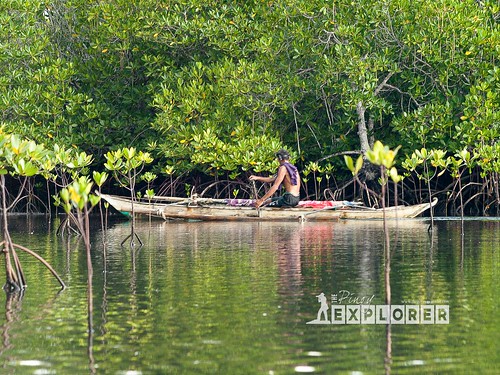 |
| A fisherman looking for crabs |
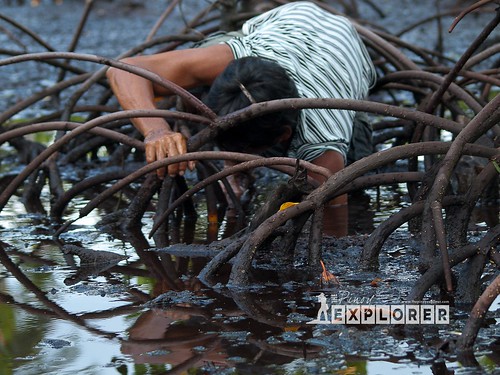 |
| We spotted a crab hole, but he got nothing. |
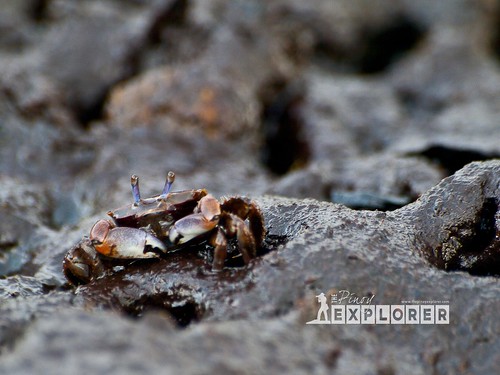 |
| Spotted a crablet. |
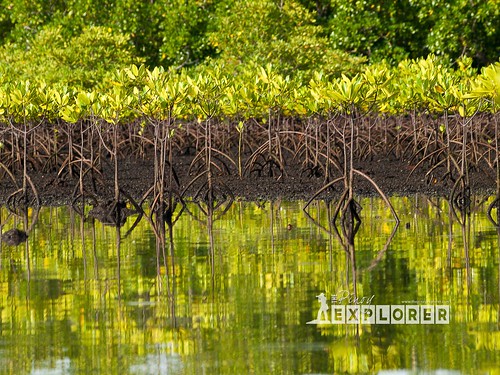 |
| The reforested part of the abandoned fishpond. |
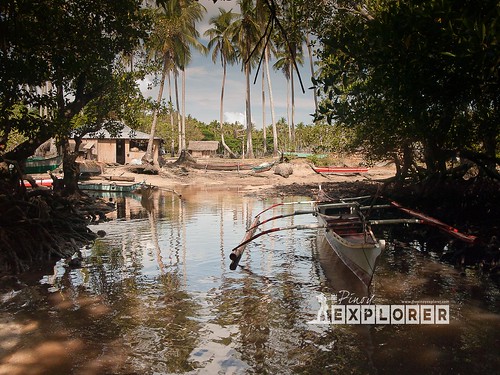 |
| This clearing that leads to the old growth trees opens to a community. |
Now, a short reminder of what mangroves can do for us (Source: DENR)
- they are a good source of products like alcohol, medicine, tannin, charcoal, timber and housing materials;
- they support fisheries production and aquaculture;
- they provide nursery grounds, shelter, and food for fish and other sea creature;
- they protect coastal communities from storm surges, waves, tides, and currents;
- they act as a carbon sink by reducing organic pollution along shore areas;
- they serve as recreational grounds for wildlife enthusiasts; and
- they stabilize the coastline by reducing erosion.
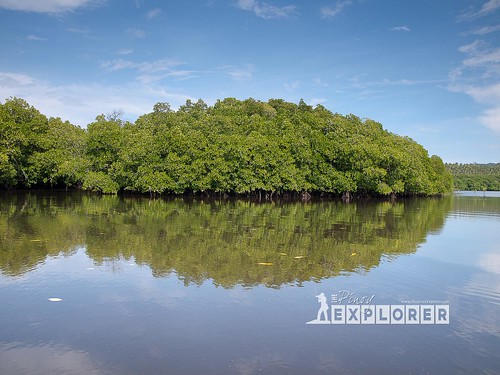
Do you like this article? Like us on Facebook, too!

No comments :
Post a Comment